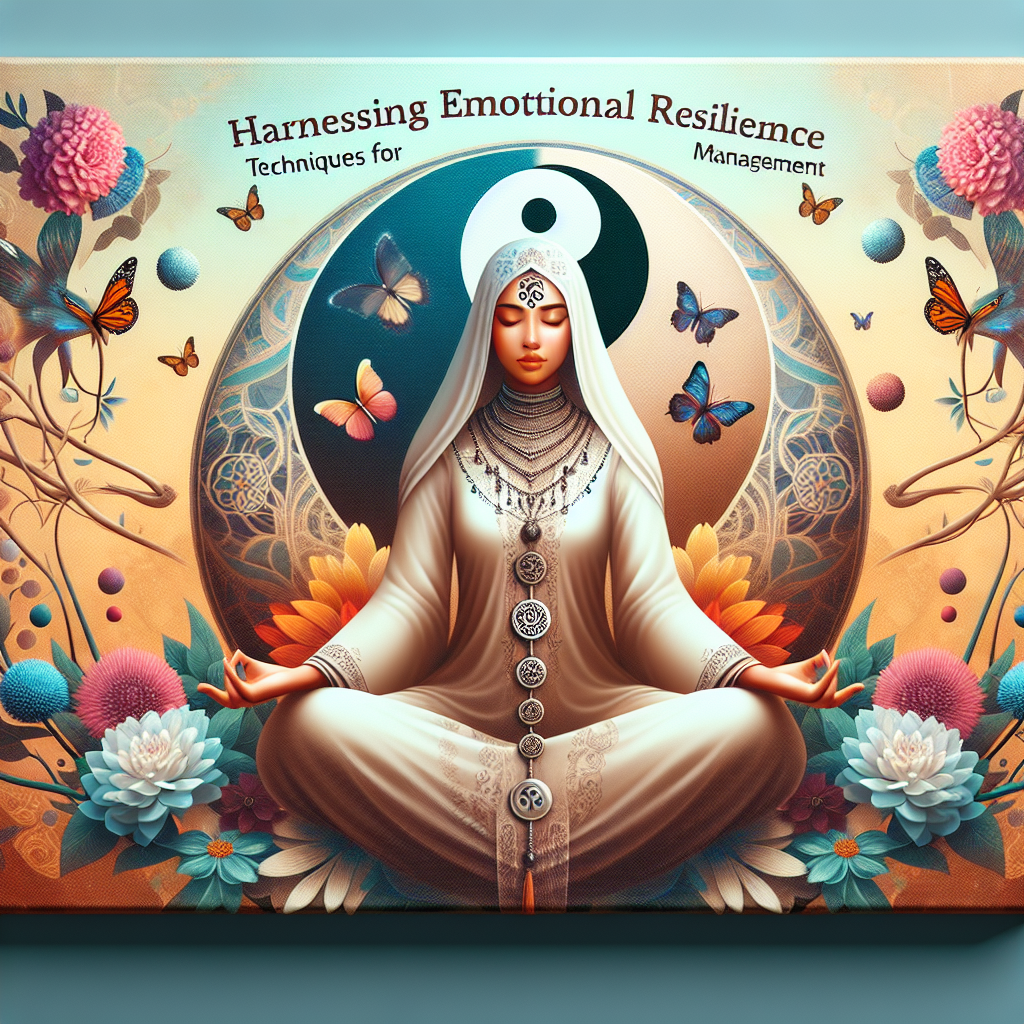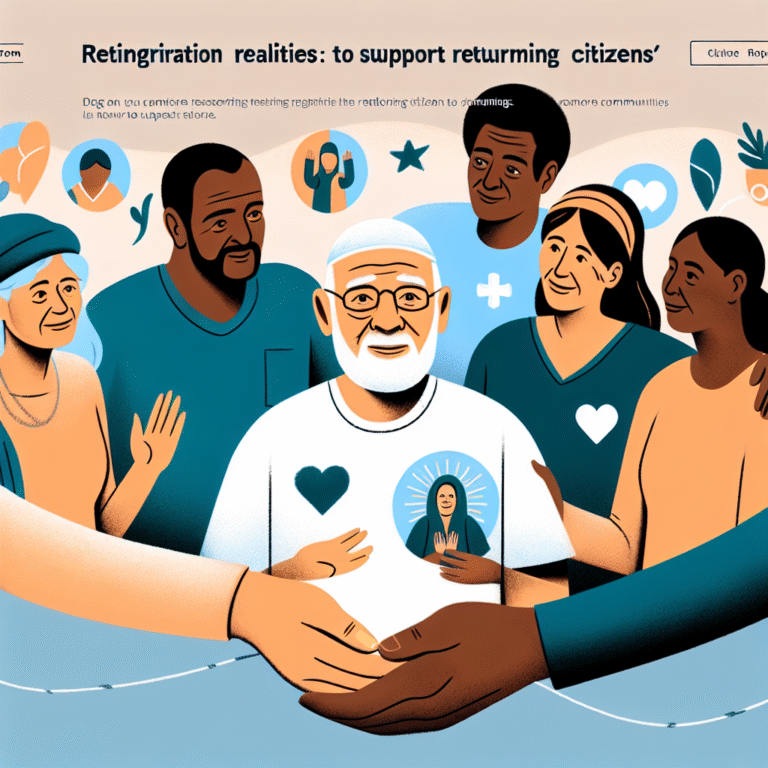
Introduction
In today’s fast-paced world, the capacity to navigate stress effectively is more crucial than ever. As we juggle personal responsibilities, professional obligations, and the ever-present global uncertainties, harnessing emotional resilience becomes a vital skill. Emotional resilience isn’t just a buzzword; it’s an essential skill that empowers individuals to handle stress, adapt to change, and bounce back from setbacks. This article delves into harnessing emotional resilience: techniques for stress management, providing you with insights, practical tips, and real-world applications to enhance your resilience and overall well-being.
Understanding Emotional Resilience
What is Emotional Resilience?
Emotional resilience refers to the ability to maintain psychological balance in the face of adversity. It involves the capacity to manage one’s emotions, thoughts, and behaviors in challenging situations, leading to effective stress management. By building emotional resilience, individuals can not only withstand challenges but thrive despite them.
Why is Emotional Resilience Important?
- Stress Reduction: Resilient individuals are better equipped to handle stress, reducing its negative impacts on health.
- Improved Relationships: Resilience fosters empathy and better communication, enhancing personal and professional relationships.
- Greater Adaptability: Those with high emotional resilience can adapt to change more effectively, an invaluable skill in today’s rapidly evolving landscape.
Techniques for Harnessing Emotional Resilience
1. Cultivating Mindfulness
Definition: Mindfulness is the practice of being present and fully engaged in the moment, without judgment.
Application: Invest time each day to practice mindfulness through meditation, deep breathing, or simply observing your surroundings.
Case Study: The Impact of Mindfulness on Stress Management
A 2018 study at the University of Massachusetts demonstrated that participants who practiced mindfulness experienced a 35% reduction in perceived stress levels. Mindfulness training taught participants to recognize their stress triggers and respond to them calmly and effectively.
Analysis: This case illustrates how incorporating mindfulness leads to significant improvements in stress management and emotional resilience.
2. Building a Supportive Social Network
Definition: A supportive social network encompasses friends, family, and colleagues who provide emotional and practical support.
Application: Foster relationships with those who uplift you. Engage in team-building activities at work or join interest-based groups.
Case Study: The Role of Social Support
Research published in the Journal of Health Psychology highlights that individuals with strong social support systems are 50% more likely to manage stress effectively. Participants reported feeling less overwhelmed and more capable when they had a reliable support system in place.
Analysis: This study emphasizes the significance of nurturing connections with others to enhance emotional resilience.
3. Practicing Self-Compassion
Definition: Self-compassion involves treating oneself with kindness and understanding during moments of failure or difficulty.
Application: When faced with criticism or setbacks, speak to yourself as you would to a friend. Affirm your feelings and offer yourself encouragement.
Case Study: The Science of Self-Compassion
A study by Dr. Kristin Neff showed that individuals who practiced self-compassion reported lower levels of anxiety and stress. The study found that self-compassionate individuals recover from emotional distress more quickly than those who are self-critical.
Analysis: The findings underscore that self-compassion is a powerful tool in building emotional resilience and managing stress effectively.
4. Developing Problem-Solving Skills
Definition: Problem-solving skills help individuals address challenges systematically and constructively.
Application: When faced with a challenge, identify possible solutions and weigh the pros and cons of each. This methodical approach can clarify your choices and instill confidence.
Case Study: Enhancing Problem-Solving in Stressful Situations
The American Psychological Association conducted a study demonstrating that participants trained in problem-solving techniques experienced a 30% reduction in stress levels compared to those who did not receive training. This training improved their ability to tackle stress-inducing problems effectively.
Analysis: By enhancing problem-solving skills, individuals can significantly elevate their emotional resilience and manage stress proactively.
5. Setting Realistic Goals
Definition: Setting achievable goals is essential for maintaining motivation and focus.
Application: Break larger objectives into smaller, manageable tasks. This approach can alleviate feelings of overwhelm and increase your sense of accomplishment.
Case Study: Goal-Setting and Stress Management
A study by the Dominican University of California found that participants who wrote down their goals and shared them with a supportive friend were 33% more likely to achieve them. This accomplishment had a direct correlation with reduced stress levels and increased emotional resilience.
Analysis: Setting and achieving realistic goals contributes significantly to emotional resilience by providing a sense of direction and accomplishment.
6. Engaging in Regular Physical Activity
Definition: Exercise is not only beneficial for physical health but is also crucial for emotional well-being.
Application: Aim for at least 30 minutes of moderate exercise most days of the week. Activities such as walking, dancing, or biking can boost your mood and reduce stress.
Case Study: The Relationship Between Exercise and Stress Relief
A comprehensive review published in the journal "Health Psychology Review" showed that regular physical activity leads to significant decreases in anxiety and stress levels among participants.
Analysis: The evidence clearly supports the connection between regular physical activity, emotional resilience, and effective stress management.
7. Embracing Change
Definition: Embracing change involves accepting that change is a part of life and learning to adapt positively.
Application: View changes as opportunities for growth. Practice reframing negative thoughts associated with change into positive ones.
Case Study: Adapting to Change in the Workplace
A study from Harvard Business School indicated that employees who actively engaged in adaptability training reduced their stress levels by 40%. These employees reported an increased ability to embrace change, thereby enhancing their emotional resilience.
Analysis: This study reveals that embracing change can lead to greater adaptability and resilience in the face of stress.
Summary of Key Techniques
| Technique | Benefits |
|---|---|
| Cultivating Mindfulness | Reduces stress perception by enhancing awareness |
| Building Support Networks | Increases emotional and practical support |
| Practicing Self-Compassion | Enhances recovery from emotional distress |
| Developing Problem-Solving Skills | Provides structured approaches to challenges |
| Setting Realistic Goals | Increases motivation and reduces feelings of overwhelm |
| Engaging in Physical Activity | Boosts mood and decreases anxiety |
| Embracing Change | Increases adaptability in stress-inducing situations |
Conclusion
Harnessing emotional resilience is an essential skill in today’s stress-ridden world. By implementing the techniques discussed—such as cultivating mindfulness, building a supportive network, and practicing self-compassion—you can significantly improve your ability to manage stress. Remember, emotional resilience is not a fixed trait but a skill that can be developed over time. As you invest in these practices, you will not only enhance your emotional well-being but also inspire those around you to thrive amid life’s challenges.
FAQs
1. What is emotional resilience?
Emotional resilience is the ability to bounce back from stress and adversity while maintaining emotional balance.
2. How can I improve my emotional resilience?
You can improve resilience by practicing mindfulness, building supportive relationships, practicing self-compassion, developing problem-solving skills, setting realistic goals, exercising regularly, and embracing change.
3. Why is emotional resilience important for stress management?
Emotional resilience allows individuals to cope with stress more effectively, reducing its negative impacts on mental and physical health.
4. Can anyone become emotionally resilient?
Yes, emotional resilience can be developed and strengthened through practice and healthy coping strategies, regardless of starting point.
5. How long does it take to see improvements in emotional resilience?
Improvement in emotional resilience varies, but consistent practice of the techniques can lead to noticeable changes within weeks to months.
By incorporating the strategies outlined in this article, you can embark on a transformative journey towards stronger emotional resilience and better stress management. Remember, the key to a thriving life lies in harnessing your emotional resilience.


















